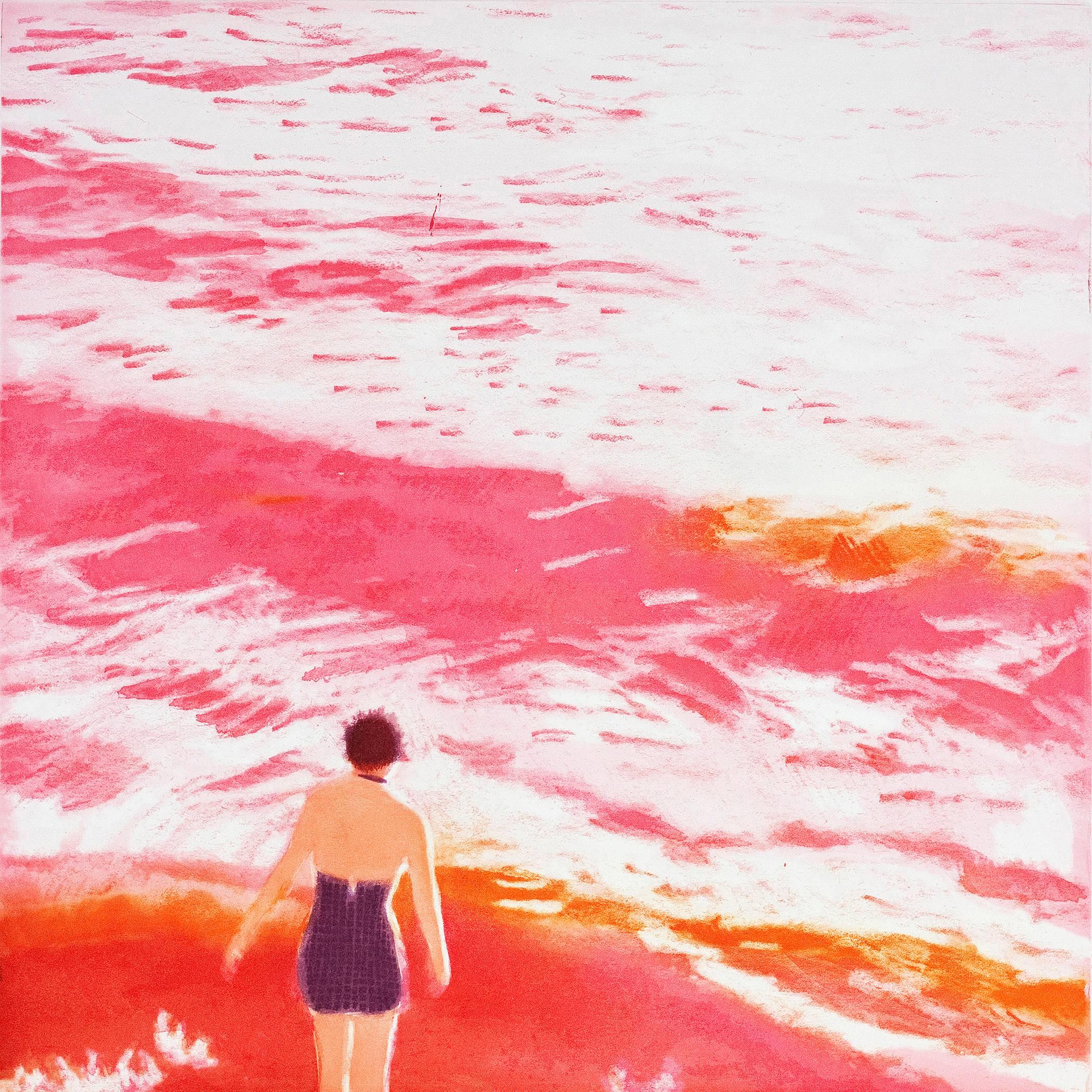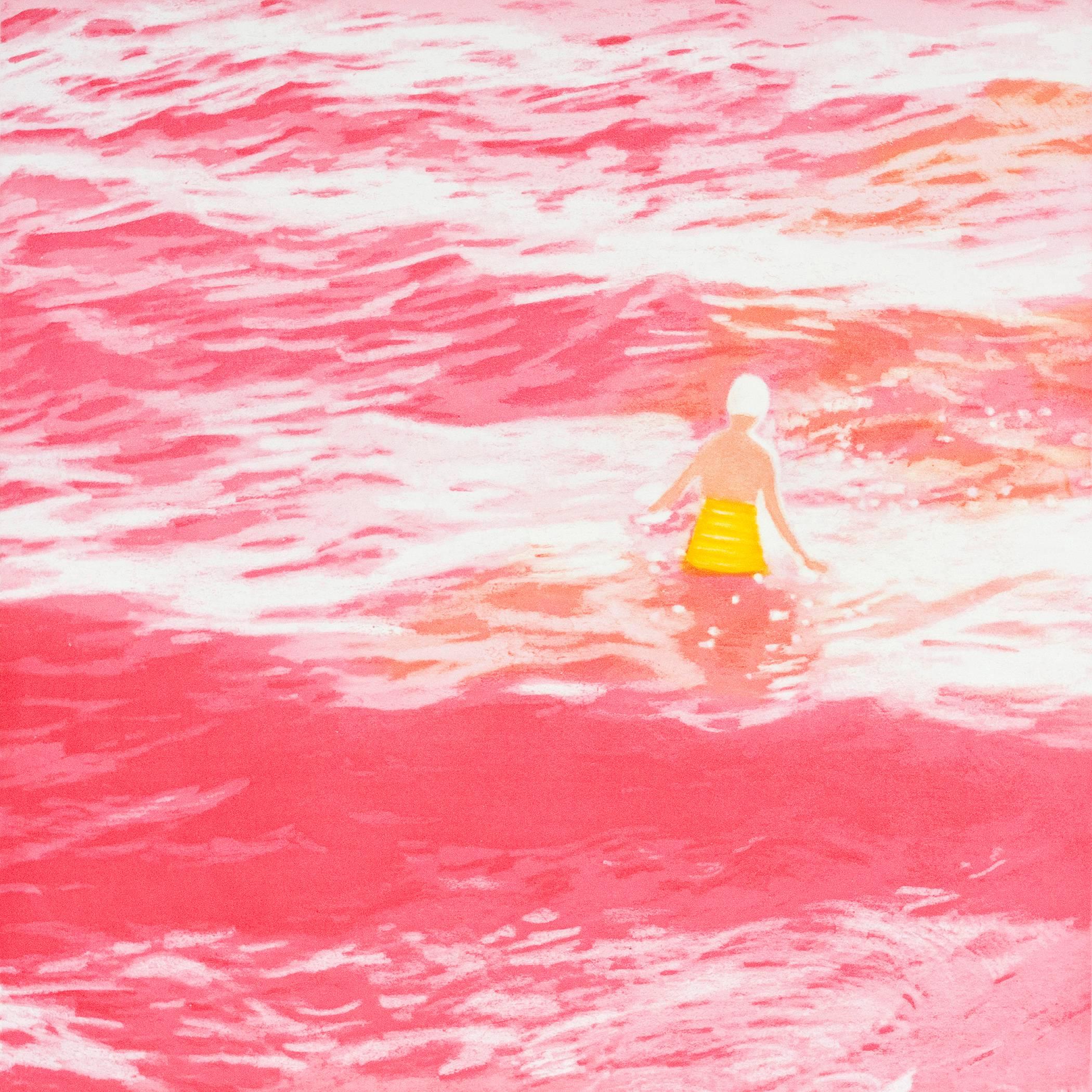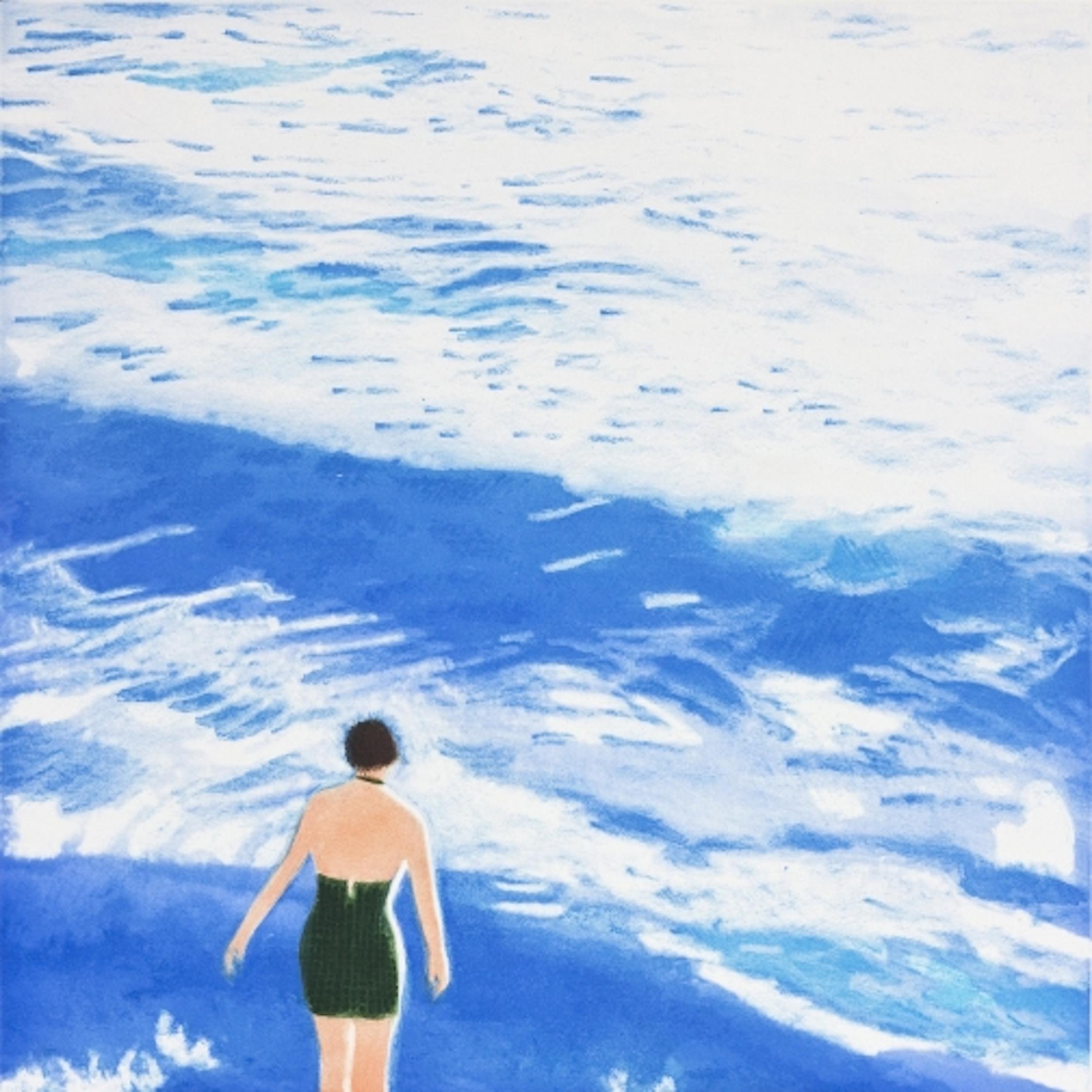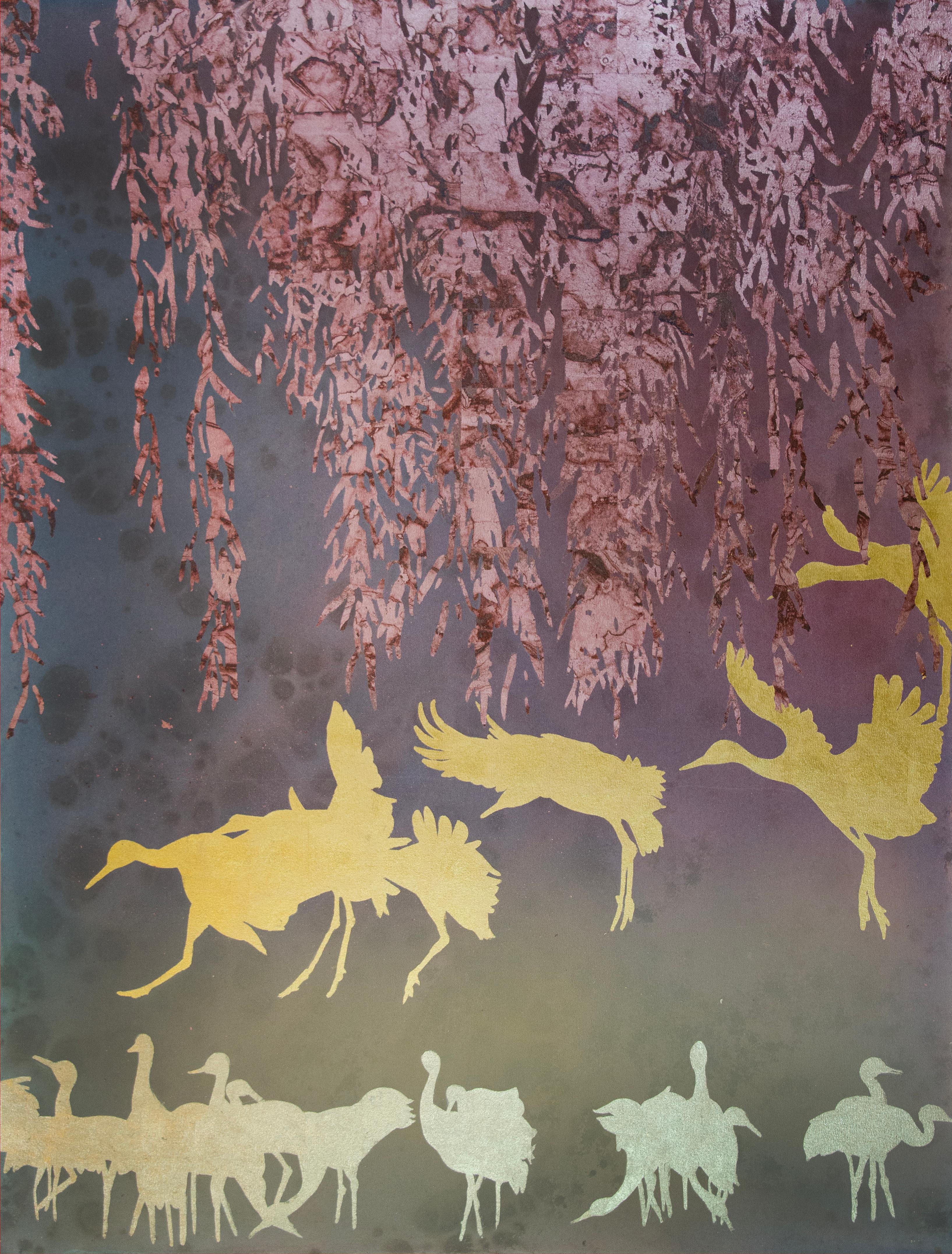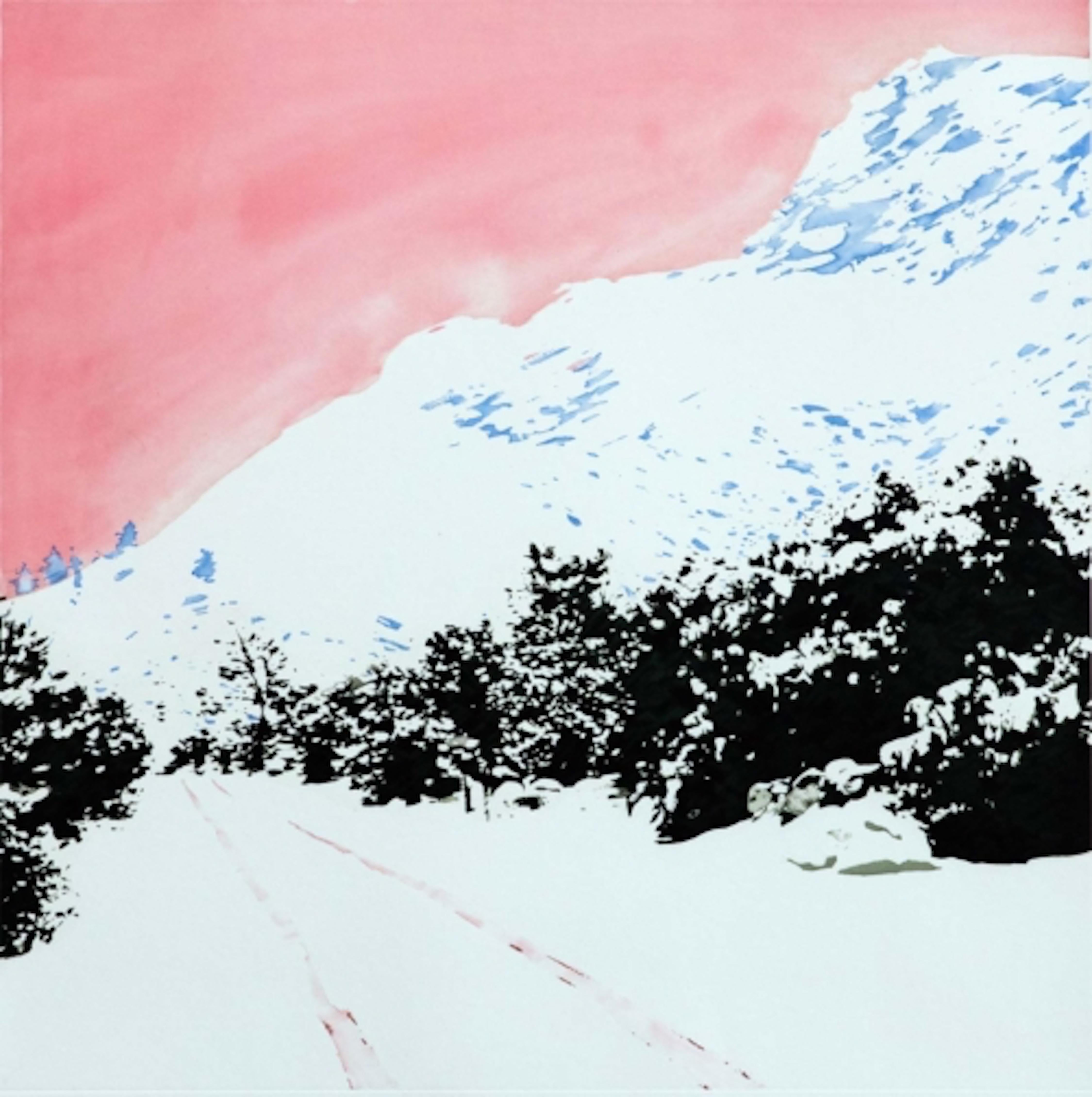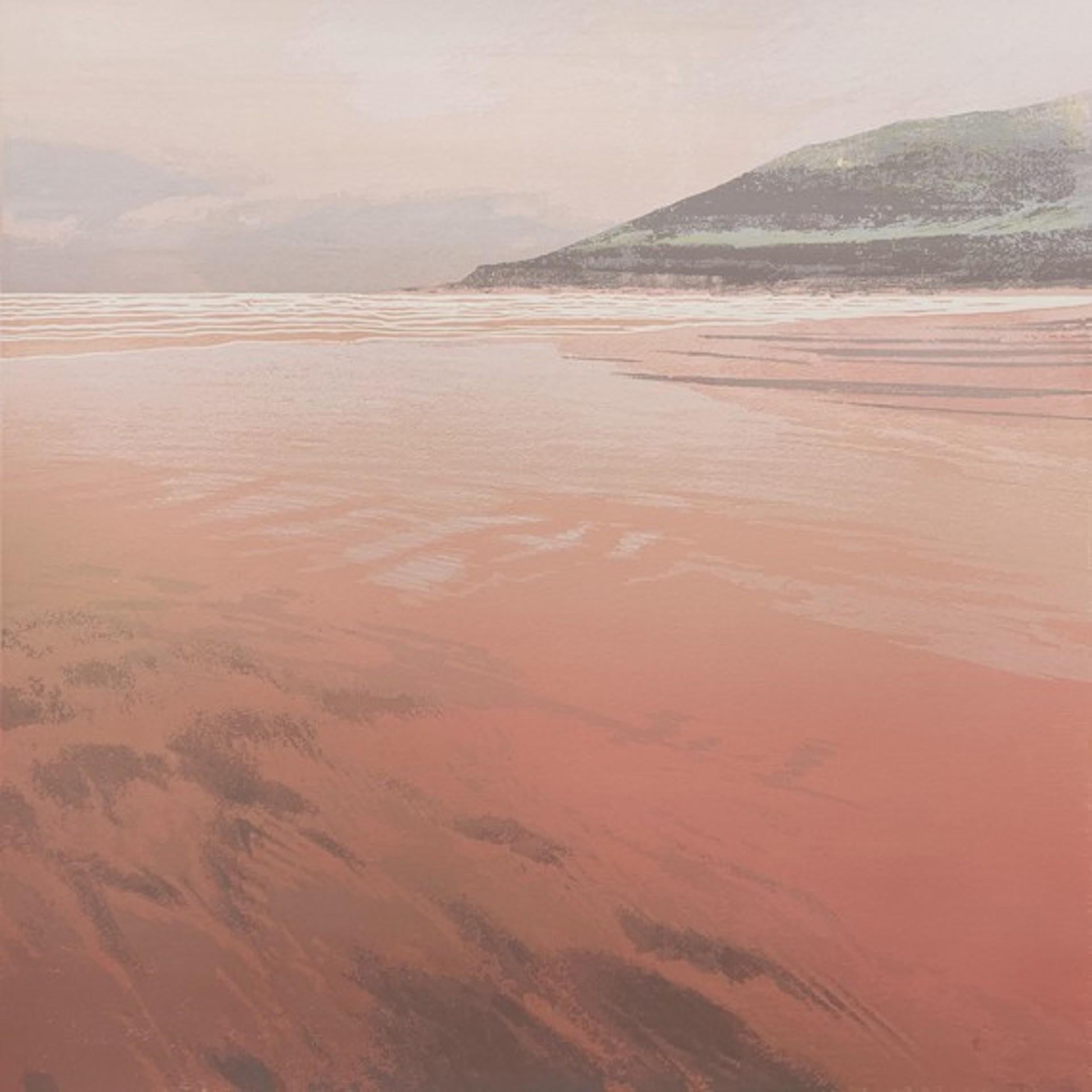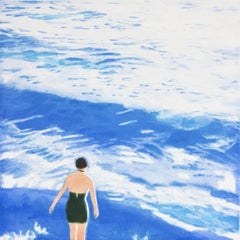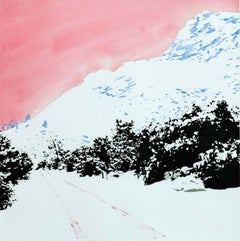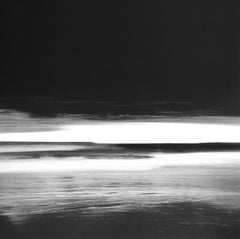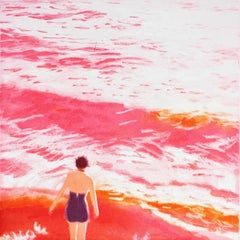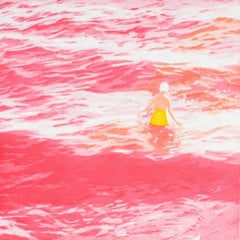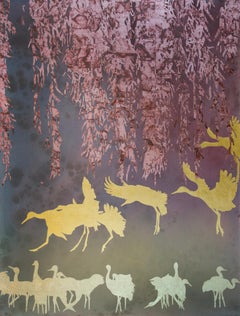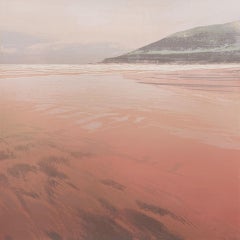Isca Greenfield-SandersWADING I (PINK)2012
2012
About the Item
- Creator:Isca Greenfield-Sanders (1978, American)
- Creation Year:2012
- Dimensions:Height: 31.5 in (80.01 cm)Width: 30.5 in (77.47 cm)
- Medium:
- Period:
- Condition:
- Gallery Location:Fairfield, CT
- Reference Number:1stDibs: LU2867059342
Isca Greenfield-Sanders
Artist Isca Greenfield-Sanders is best known for her compelling watercolors and oil paintings that are based on found photographs she has collected from family estates over the years. Greenfield-Sanders works with digital media and oils to create paintings and prints that explore American suburban life or families at leisure by way of nostalgia's hazy and often unreliable lens.
Born in New York City, Greenfield-Sanders's upbringing primed her for being an artist. Her mother was a lawyer and her father is Timothy Greenfield-Sanders, a prominent New York City photographer — and her grandparents were all musicians or visual artists. Growing up in the East Village, Greenfield-Sanders experienced a life immersed in the creative culture of the area.
In 2000, Greenfield-Sanders graduated from Brown University. She earned her Bachelor of Arts in both visual art and mathematics. In that same year, she had her inaugural solo exhibition at the Memories Galleria in Turin, Italy. Greenfield-Sanders has since shown her work in countless group and solo exhibits around the world — including Stockholm, New York City, London, Munich and San Francisco, to name a few. In 2003, she married artist Sebastian Blanck, and iconic American musician Lou Reed officiated the wedding.
Greenfield-Sanders has made a prominent name for herself over her career. Her work is held in the collections of the Guggenheim Museum in Manhattan, the Victoria and Albert Museum in London and the Fine Arts Museum of San Francisco, among many others. Greenfield-Sanders continues to create imaginative and contemplative pieces in her studio in New York City.
Find authentic Isca Greenfield-Sanders paintings and other art on 1stDibs.
- ShippingRetrieving quote...Shipping from: Fairfield, CT
- Return Policy
More From This Seller
View All2010s Landscape Prints
Paper, Aquatint, Photogravure
2010s Landscape Prints
Paper, Etching
2010s Contemporary Drawings and Watercolor Paintings
Paper, Mixed Media
2010s Landscape Prints
Monotype
2010s Contemporary Drawings and Watercolor Paintings
Paper, Mixed Media
2010s Drawings and Watercolor Paintings
Watercolor
You May Also Like
21st Century and Contemporary Contemporary Prints and Multiples
Etching
21st Century and Contemporary Contemporary Prints and Multiples
Etching
2010s Contemporary Landscape Paintings
Gold Leaf
21st Century and Contemporary Impressionist More Prints
Paper, Watercolor, Pencil, Color Pencil, Screen
2010s Landscape Paintings
Mixed Media
2010s Contemporary Figurative Paintings
Canvas, Varnish, Acrylic
